Disease & Plant Health
Healthy plants have firm leaves, well-formed flowers and fruit, and well-developed root systems.
Unhealthy plants show damage to leaves, stems, roots, flowers or fruit.
REMEMBER TO LOOK UNDER THE LEAVES FOR SIGNS OF PESTS & DISEASES

A pest is an animal that damages plants.
Pests
Pests can kill plants, slow their growth and damage stems, leaves, flowers and fruit. A host is a plant on which the pest feeds. Some pests can also introduce diseases into plants.
There are two main types of plant pests: chewing and sucking.
Chewing Pests
Chewing pests tear, bite or chew parts of the plants: leaves, stems or roots.
Pests such as borer and leaf miners tunnel into stems or leaves by chewing.
Rabbits and possums are large chewing pests.
Chewing pests eat parts of plants such as roots or leaves. They include caterpillars, beetles grubs, slugs, snails, and slaters.
Caterpillar leaves holes in the centre of leaves - and can be treated with Derris Dust.
Slugs / snails tend to eat from the edges and can be treated with slug / snail pellets - a handful scattered around the base of the plant. Clear away any dead leaf litter around the base of the plant.
Sucking Pests
These pests have special piercing mouthparts for feeding. The mouthpart sticks into the plant, sucks sap out and pumps saliva into the leaf and stem.
Plant tissue is digested and leaves become deformed, stunted or discoloured. Sucking pests suck sap and can also transmit viral diseases. They include aphids, thrips, whitefly and mites.
IDENTIFYING PESTS & DISEASES IN THE GARDEN
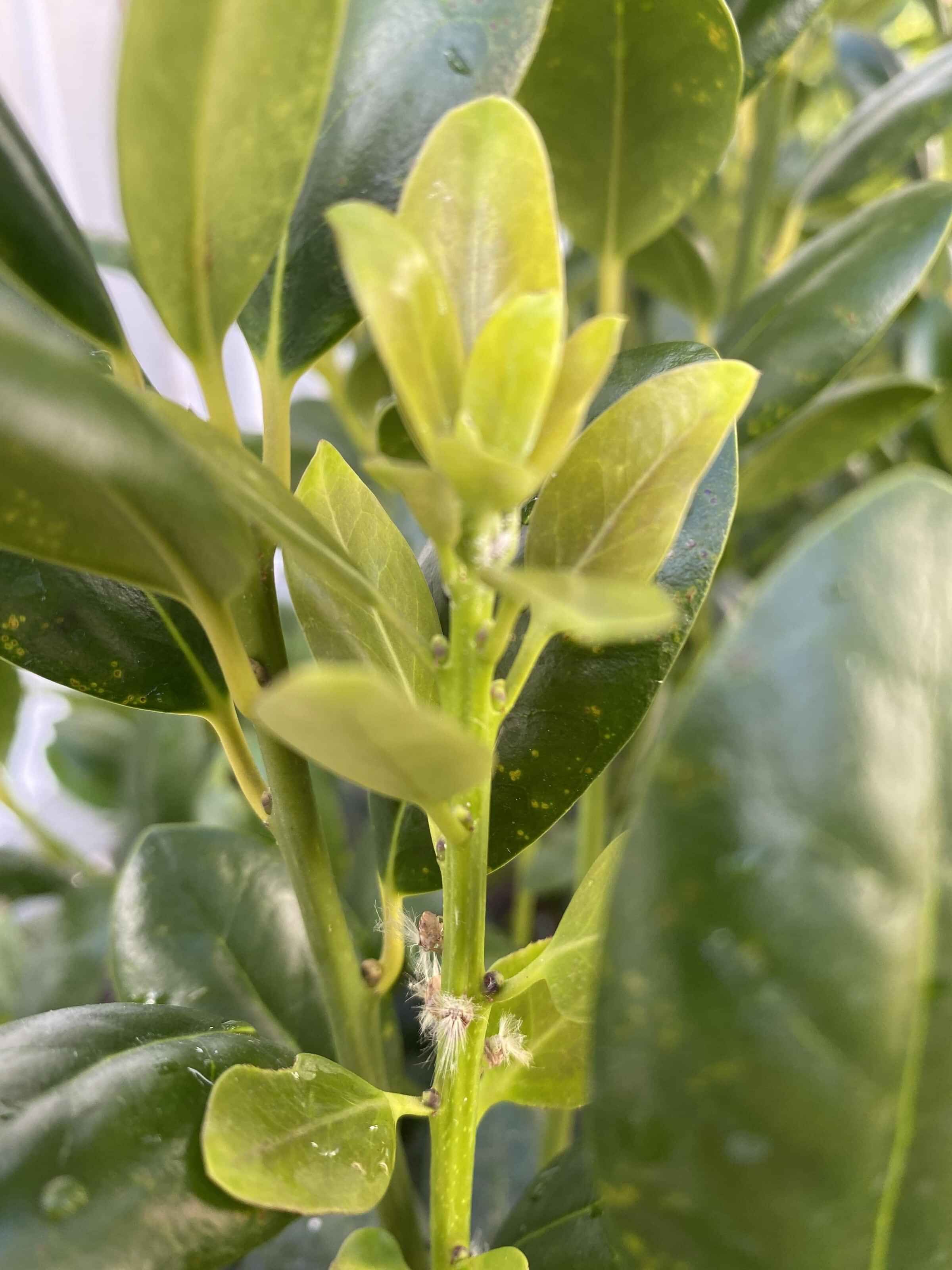
Leaf Hopper
Leaf hoppers are plant eating insects that can damage plants and transmit disease from plant to plant.
Young leaf hoppers are known as fluffy bums
Damage usually occurs in summer & autumn and is mostly confined to mature leaves. You can usually tell you have leaf hoppers by pale yellowing of the foliage. Leaves develop typical areas of yellow speckling where leafhoppers have been sucking up plant sap. The damage caused is mostly cosmetic.
In autumn leaf hopper females lay eggs in the stems of host plants. Eggs hatch in spring. Young nymphs feed on the underside of leaves, developing through 5 growth stages before moulting as winged adult males and females. Mated females usually lay summer eggs in the veins of host plant leaves, where they are protected from some non-systemic pesticide sprays.
Treatment - SPRAY WITH INSECTICIDE LIKE AQUATICUS BUGTROL (UNDER LEAVES TOO)
Most general-purpose contact insecticides containing pyrethrins will help deal with them. Make sure you spray under the leaves to catch all the leafhoppers. The adults will leap away when the spray falls near them, so repeated sprays may be needed to destroy the survivors. It is better to spray at night when less active.
With contact insecticides you'll have to ensure that all parts of the plant are covered, and several sprayings may be needed to give good control.
Spray with Insecticides on roses and ornamentals. Both kill rapidly without any leaf burn or marking.
We recommend the use of AQUATICUS GLOW as preventative treatment once the infestation is under control.
Kiwicare also offer some great natural and BioGro® certified alternatives to deal with leaf hoppers in your garden. Organic Super Spraying Oil sprayed directly on leaf hoppers and their fluffy bum juveniles will control them. Do not spray in hot sunny conditions as burning can occur.

Aphids / Greenfly
Aphids or greenfly are small, sap sucking insects that are commonly found on buds and new leaves and stems of roses and other plants.
Aphids, sometimes referred to as greenfly, are small*, soft insects with pear-shaped bodies and long & thin with sharply bent legs. They can be coloured brown, black, yellow, pink or green. Woolly aphids look like cotton wool.
Typically aphids may cause stunted shoots, distorted leaves, wilting, honeydew and sooty mould.
Aphids survive during the cooler winter months and are usually hidden within leaf/flower buds. They multiply rapidly during warmer months in spring or summer. Aphids can be usually found in clusters on young shoots, flower buds or underneath leaves.
Aphids are sap suckers. Sap is the plant´s food, nutrient and water circulation fluid. When aphids or other sap sucking insects suck sap from a plant, the plant is weakened and there is a risk of the insect infecting the plant with disease.
Aphids feed on a variety of plants but mainly feed on soft leaves and shoots (see also root aphids). Because aphids attack the new buds, the resulting leaves and flowers may never open properly; remaining puckered and curled. Most damaging of all, aphids can transmit serious virus and fungal diseases from one plant to another. A particularly bad aphid infestation often leaves a sticky residue of leaking sap on the plant that will grow a sooty mould, an unattractive fungal growth.
In the photo you can see some aphids. When the mouthparts of these pests penetrate plants they suck out the sap. They can spread viruses as they move the sap from plant to plant.
Aphids also produce honeydew on which sooty mould grows.
Sooty Mould
What is sooty mould?
Sooty moulds are caused by Ascomycete fungi. They grow on the sap from plants and produce a sweet honeydew as a waste product discharged by insects like scale and aphids. The mould then expands on the honeydew. However, the mould doesn’t feed on the plant; it covers the leaf surface, blocking the light and reducing photosynthesis, vital for plant growth.
Symptoms
The sooty mould forms a thick black coating on the tree's trunks, branches, and leaves.
Solution
Spray with insecticide to control the sap-sucking insects
Spray with a fungicide to kill the mould
Prevention
Grow a variety of different plants to build an appropriate habitat for beneficial insects that predate on pests
Create good airflow between plants
Treatment - SPRAY WITH KIWICARE PLANT HEALTH SPECTRUM (UNDER LEAVES TOO)
If your plants already have an infestation you can squash them between your fingers but this might be difficult on more than a few buds. Use a Kiwicare PLANThealth Spectrum concentrate to spray the affected parts of the plants.
Make sure the undersides of leaves and inside curled leaves are treated.
DIRECTIONS FOR PLANT HEALTH SPECTRUM
Concentrate:
Mix 10 ml per 1 L of clean water.
Spray foliage until run off occurs.
Spray leaves on both the upper and lower surfaces as complete coverage is required for effective control.
Apply every 10-14 days.
For a great natural and BioGro® certified alternative try Organic Super Spraying Oil to suffocate the aphids on contact but do not spray in the middle of the day as the sun can reflect onto the oil and burn the plant.

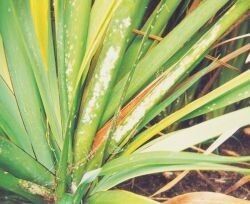
White Stuff on Flax
Often around dead leaves from around flax plants, you can find patches of white scale & fluffy stuff.
TREATMENT
The pest that is causing the white stuff is a type of scale. If you scrape away some of the cotton-like covering and look carefully you should be able to see small white pear-shaped adult scales.
The young scales (crawlers) are even smaller and you may even see them moving around - the adults don't move - they just stay put and suck the leaf sap.
Severe scale attack can debilitate the plant and cause yellowing of leaves.
Spray with insecticidal oils like Conqueror or Clear White Oil, or systemic insecticide products like PLANT HEALTH SPECTRUM
Clear away as many of the old leaves as possible and expose the affected areas to the sun, rain and insect-eating birds. The scale numbers will naturally be reduced to the point where they'll have little adverse effect on the plant.

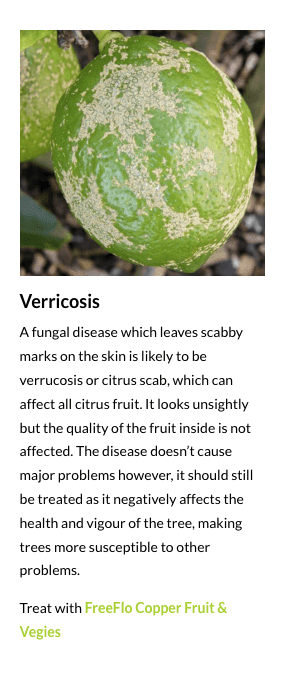
A disease is caused by bacteria, fungi, and viruses.
Diseases
Diseases are caused by fungi, bacteria or viruses.
Disease prevents plants functioning properly and interferes with growth and development. It can be difficult to work out exactly what has caused a particular disease, as many plant diseases have similar signs.
Fungi
Fungi are plants that cannot make their own food and rely on other plants or animals (dead or living).
Many fungi are beneficial, but some can damage or destroy the leaves, stems or roots of plants. They may attack and grow into and through the plant tissues as a mass of fine threads, feeding on plant cells as they spread.
Fungi reproduce by spores, and can spread rapidly. They prefer damp warm conditions for growth and reproduction.
Fungi are spread by:
wind
water
infected soil.
Disease symptoms are:
spots
rot
mildew and mould
a furry appearance when they are mature and producing spores (this is one way of telling the difference between fungal and bacterial infections).
Fungal diseases can be prevented by:
maintaining good hygiene (disposing of infected plant material, cleaning tools)
making sure the plants in greenhouses have good ventilation and avoiding the wetting of plant leaves
using chemicals called fungicides that cover plant surfaces
using resistant plants.
Buxus Blight
What is Buxus Blight?
Buxus blight is a fungal disease caused by Cylindrocladium buxicola, affecting the Buxus species (Box). This disease doesn’t kill the roots, but it will weaken the plant. However, if you catch it early, recovery might be possible.
Symptoms
This disease causes leaves to brown and fall off. In addition, it can infect young stems and cause black streaks.
Solution
If the plant is infected:
Prune out the infected limbs
Sterilise your equipment between plants
Remove all leaves under the plants
Spray foliage with a fungicide called Buxus Blight Fighter
Prevention
Check your plants for any signs of the fungal disease
Prune once a year as it will reduce the risk of spreading
Ensure a good airflow around your plants
Water at the base of the plant
Improve your soil’s health by adding mulch around the trees
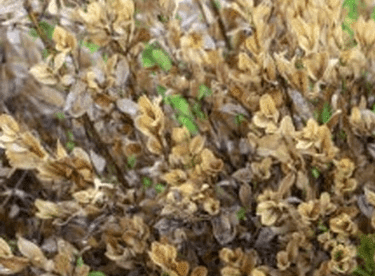
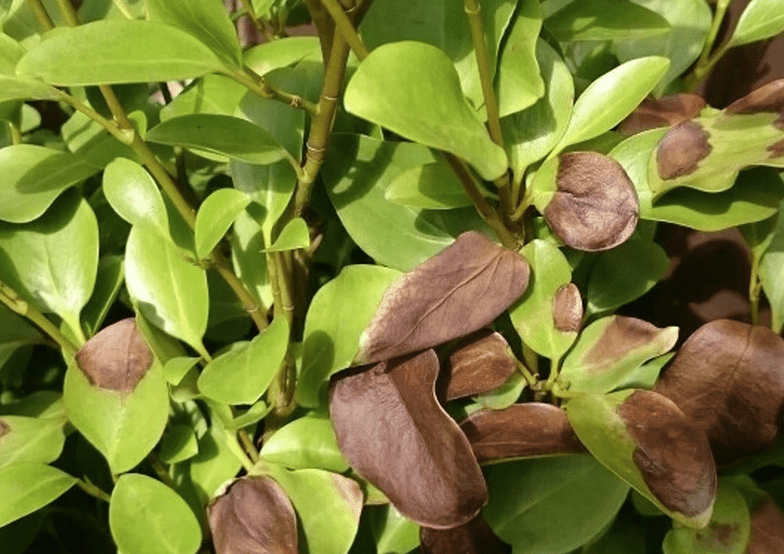
Griselinia Root Rot Caused By Phytophthora
What is Phytophthora?
Phytophthora is a type of root rot existing in the soil. If left untreated, it can cause the decay of roots in plants. In fact, moist soil is a suitable habitat for these fungi. So, it’s vital to have good drainage for the plant. When there is too much water near the roots, Phytophthora spores will travel and can reach the plant’s roots.
It’s essential to add that phytophthora affects many other plants, not just Griselinia.
Symptoms
The plant may become yellow or brown when infected with root rot. They can even fall off. These symptoms can worsen if left untreated. In addition, the plant could die because it won’t be drinking water properly.
Solution
If you notice the symptoms listed above, we recommend testing the soil. If it comes back positive with the disease, you may want to consider treating the plant as soon as possible.
Remove affected plants
Replace the soil with fresh topsoil to prevent further spread
Prevention
We have seen more and more Griselinia diseases this year because it has been extremely dry. The plant roots get easily damaged because it doesn’t have enough energy to absorb from the dry soil. The Phytophthora will then attack the specie.
Since this disease spreads fast, we recommend not planting this hedging shrub and looking for alternative species not susceptible to root rot, such as Buxus, Taxus, Ribes, etc.
However, if you already have Griselinia hedges around your property, we recommend doing these steps to prevent the spread or formation of the root rot:
Increase drainage of the soil
Improve the general soil’s health
Add mulch





